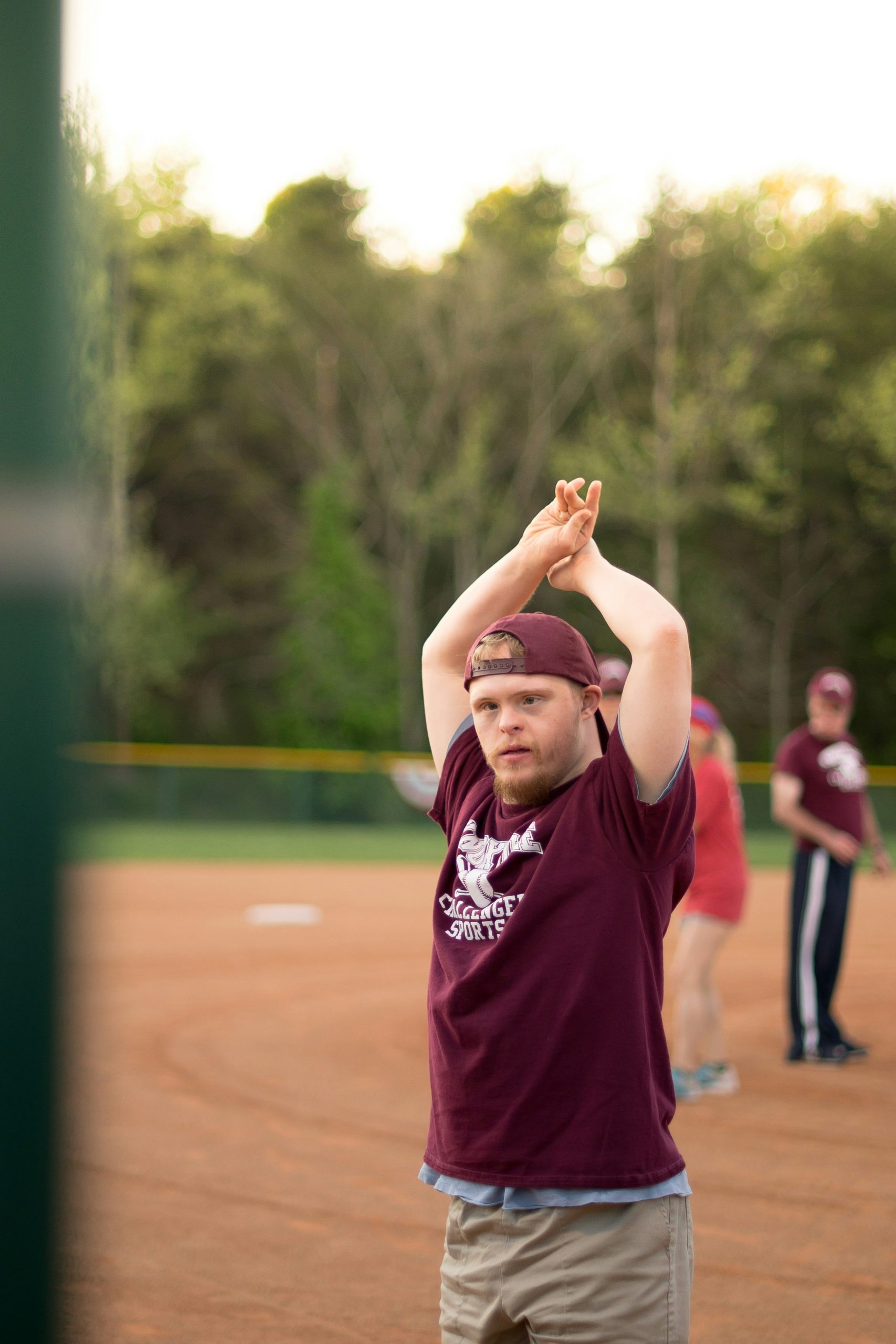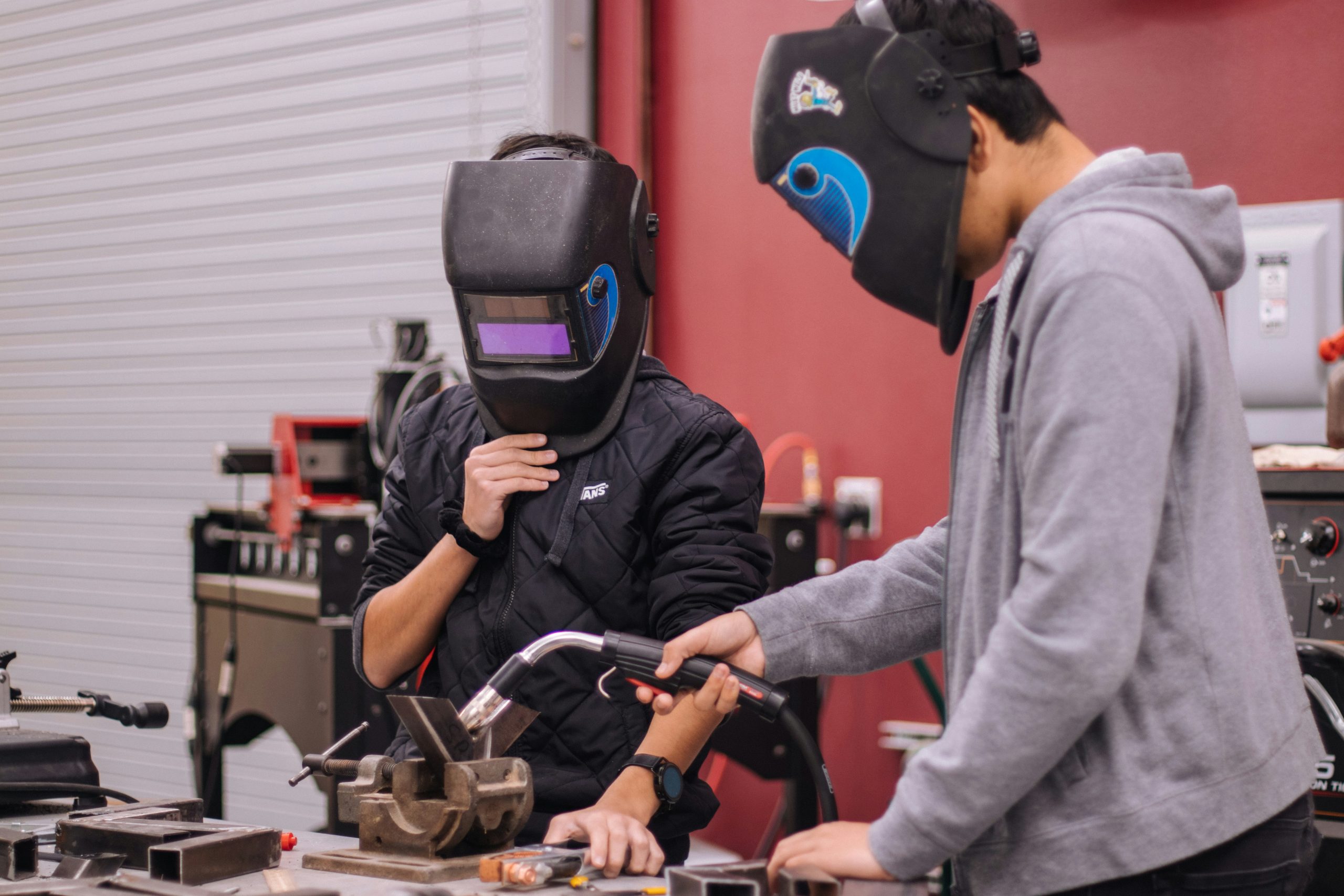Chapter 8 – Post Secondary Transition Planning
Transition planning is mandated by the Individuals with Disabilities Act (IDEA; 2004) and includes plans and activities to meet at least one specific goal. These goals help students with disabilities move from the world of K-12 schooling to a post-secondary setting. With the child’s interests, strengths, weaknesses, needs, and preferences in mind, Individualized Education Program (IEP) teams develop a pathway to success in post-secondary education, vocational education or training programs, employment, independent living, and/or participation in the community. Transition planning should include instructional activities, relevant related services, applicable community based experiences, objectives to meet goals, and where appropriate, daily living skills. In fact, transition planning is also part of a free and appropriate public education (FAPE) and special education and related services should support students with post-secondary, employment, and independent living skills.
According to IDEA, transition planning must begin no later than the year a student turns 16. In some states, including Virginia, the age requirement for transition planning is lower than 16. In Virginia, transition planning should begin at age 14. Given that high school diploma options begin in the 8th grade in Virginia schools, planning for coursework at this age helps create the trajectory the IEP team envisions for the student. However, it should be noted that an IEP team may start a transition plan earlier than the required age, if appropriate for the needs of a student. This request may also come from parents who believe it would be helpful to begin planning earlier than state or federal requirements. Students with disabilities are required to be invited to any IEP meeting in which the team will consider post-secondary goals or transition services, regardless of their age. The Virginia Department of Education (2015) states that “good planning should address academic achievement and functional performance that will facilitate movement from school to post-school activities such a postsecondary education, career and technical education, integrated employment, continuing and adult education, adult services, independent living, and community participation.”

To develop a transition plan, a variety of transition assessments should be utilized. These may include interviews, observations, formal and informal assessments, questionnaires, and/ or inventories. Assessments should be selected based on the individual student’s age, disability, skill level, and postsecondary interests. For example, if a student intends to attend college, some of the assessments should target postsecondary education interests. A sampling of free assessments are listed below, to include brief descriptions and links to those specific resources.
| Free Assessment | Description | Link |
| PEATC Life Skills Checklist | This pdf checklist provides IEP teams with a way to assess independent living and life skills on a scale of “can do already” to “ongoing support needed” | https://peatc.org/wp-content/uploads/2021/07/Independent-Living-Life-Skills-Checklist-Booklet-ENGLISH-Interactive.pdf |
| My Next Move | This career exploration site, sponsored by the U.S. Department of Labor, allows individuals to search careers by keyword, industry, or alignment with personal interests and strengths. | https://www.mynextmove.org/ |
| RichardStep Strengths & Weaknesses Aptitude Test | This online survey is similar to a personality test and ranks character traits and behaviors that are associated with workplace interactions. | https://richardstep.com/richardstep-strengths-weaknesses-aptitude-test/ |
| RichardStep Self-Motivation Quiz | This survey asks questions designed to identify the factors that are most motivating to an individual. | https://richardstep.com/self-motivation-quiz-test/ |
| 1, 2, 3 Career Test | This free assessment asks users to select the work activities that are most and least appealing from sets of four pictures. | https://www.123test.com/career-test/ |
| Career OneStop | This site, developed by the U.S. Department of Labor, includes resources to explore training and education programs, as well as careers. | https://www.careeronestop.org/ |
| A Guide to Assessing College Readiness | This guide, published by Landmark College, includes a checklist allowing students to self-assess their skills related to academics, metacognition, executive functioning, self-advocacy, and motivation/self-confidence. Ratings in each area are aligned with specific suggestions for growth and preparation. | https://www.collegechangeseverything.org/events/2018-media/Session-1I-College-Readiness-Guide.pdf |
| It’s My Choice | This workbook is designed to guide individuals with developmental disabilities and their families through student-centered planning | https://mn.gov/mnddc//extra/publications/choice/Its_My_Choice.pdf |
| Comprehensive High School Transition Survey | Out of North Carolina, this survey assesses interests, preferences, strengths, and needs across job training, post-secondary education and training, community participation, recreation and leisure, and independent living skills | https://www.eriesd.org/site/handlers/filedownload.ashx?moduleinstanceid=23224&dataid=34309&FileName=Comprehensive%20High%20School%20Transition%20Survey.pdf |
While the aforementioned assessments are readily accessible to anyone, the following assessments require training to administer and/or interpret and have an associated cost. Some school divisions or individual schools may have these available, but teachers should thoroughly investigate the purposes and intended age ranges for these products before purchasing these formal assessments. Not only do the supplies come with an associated cost, but individuals without training will also need to be trained on administration and interpretation of these assessments.
| Formal Assessment | Description | Source |
| Sixteen Personality Factor Questionnaire – 5th Edition (16pf) | This formal personality assessment is based on sixteen personality factors which are associated with traits such as extroversion, independence, tough mindedness, self-control, and anxiety. | Pearson – 16PF Sixteen Personality Factor Questionnaire 5th Ed | Product Details (pearsonassessments.com) |
| Occupational Aptitude Survey and Interest Scale – Third Edition (OASIS-3) | This formally administered scale includes separate tests for aptitude and interests. The aptitude survey assesses skills such as vocabulary, computation, and manual dexterity associated with jobs listed in the Dictionary of Occupational Titles. The interest schedule measures interests falling into 12 categories such as artistic, scientific, physical performance, mechanical, and humanitarian. | Pro-Ed – OASIS-3:AS: Occupational Aptitude Survey and Interest Schedule-Third Edition KIT Randall M. Parker – RANDY PARKER : PRO-ED Inc. Official WebSite (proedinc.com); |
| Brigance Transition Skills Inventory – 2 (TSI-2) | The Brigance TSI-2 is a comprehensive assessment that evaluates skills associated with post-secondary pathways, independent living, employment, community participation, and academics. The assessment includes a variety of response options including non-verbal, verbal, and written making it appropriate for a range of middle and high-school students. | Curriculum Associates – https://www.curriculumassociates.com/programs/brigance/special-education/transition-skills |
| TEACCH Transition Assessment Profile | This measure was designed for middle and high-school aged students with autism. It evaluates vocational skills and behavior, independent functioning, leisure skills, functional communication, and interpersonal behavior. | Pro-Ed – https://www.proedinc.com/Products/11980/ttap-teacch-transition-assessment-profilesecond-edition.aspx |
| Transition Planning Inventory – 3 (TPI-3) | The TPI-3 evaluates information about students’ preferences, interests, strengths, and needs through the completion of rating scales. Ratings may be completed by students, family members, or educators. | Pro-Ed – TPI-3: Transition Planning Inventory–Third Edition, Complete Kit KIT James R. Patton • Gary M. Clark – GARY CLARK, JIM R PATTON : PRO-ED Inc. Official WebSite (proedinc.com) |
| ASVAB Career Exploration Program | The ASVAB is a standardized assessment that provides Career Exploration Scores in the areas of verbal, math, and science/technology skills. | What career is right for me? | ASVAB Career Exploration Program (asvabprogram.com) |

Currently, teachers are using a variety of assessments to create transition plans, but there are important predictors of post-secondary success, to include specific planning which must occur in the high school setting (Mazzotti et al., 2020). Therefore, if not covered by an assessment, questions the team should ask as they begin planning include, but are not limited to:
- What are the student’s strengths, needs, abilities, skills, and interests?
- What outcomes do team members want for the student and what outcomes do the student want?
- What self-advocacy skills does the student possess?
- What type of diploma is the student working towards?
- What programs, services, courses, or accommodations would support the desired outcomes?
- Does the student want to seek employment during high school or after completing high school? What steps should be taken now and in the future to ensure success?
- Does the student want to attend a trade school or college? What steps should be taken now and in the future to ensure success?
- What community based experiences might support the student’s desired outcome? Could any of those experiences begin before leaving the high school setting?
- What goals and objectives would need to be met to achieve the desired outcomes?
Once assessments have been completed, it is the team’s responsibility to write measurable postsecondary goals. Goals and services should be based on the results of transition assessments to include interests, training, employment, education, and independent living. The results of assessments should provide direct guidance to the identification of transition programming and services, to include middle and high school coursework, related services, community experiences, employment, and daily living skills. These services are not just planned for the year, but should be written as a transition course of study that can be followed throughout the remainder of the student’s school career. Based on the entire course of study, it may also be necessary to add additional IEP goals to support the student with achieving their postsecondary goals. Like all goals in the IEP, postsecondary goals should be assessed with data and updated annually and adjustments may be made.
If students aren’t already attending their IEP meetings, they should be part of the IEP transition planning to the greatest extent possible. Since the goal for transition plans is to prepare a student to transition out of the secondary setting, their viewpoints, decisions, and self-advocacy are critical to the plan. By the time the student reaches the age of 16, other applicable agencies should also be involved in the planning and may attend the IEP meeting. It is the educators’ duty to make referrals as necessary to outside or adult agencies that may support a student. At a minimum, interagency connections and responsibilities should be written into the IEP. These may include outside college counselors, the Department of Rehabilitation Services, job coaches, the Virginia Department for Aging and Rehabilitative Services, or local applicable programs. It should be noted that some agencies have eligibility requirements, so this should be taken into consideration before committing or engaging with a specific agency. To ensure success, students should also be taught how to access these services through specific skill-building goals and objectives (Snell-Rood, et al., 2020).
All parents and guardians should be notified at least one year in advance of the age of majority, which is 18 in most states. At the age of majority, legal decision making shifts to the child unless parents and/ or guardians go through the proper channels to maintain guardianship. This includes any changes or decisions made with the student’s IEP or transition plan. Typically, this only occurs when a student is unable to make informed decisions about critical issues including medical care, independent living, finances, etc. This process can be lengthy, so it is imperative that school personnel prepare parents and guardians well in advance of the changes occurring at the age of majority.

Families of students with disabilities who may need outside agency support may require additional information about the community resources available to them through the American with Disabilities Act (ADA) and Section 504 of the Rehabilitation Act of 1973. In addition, some students may benefit and qualify for services through vocational rehabilitation services, a center for independent living, or pre-employment transition services. All of these options require outreach from the parents/ guardians and the school division to bridge supports.
